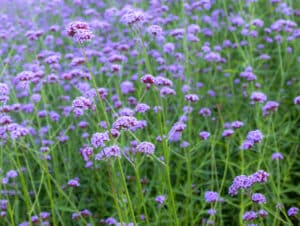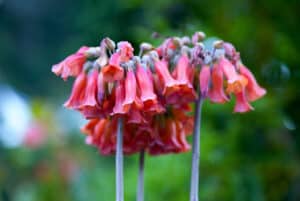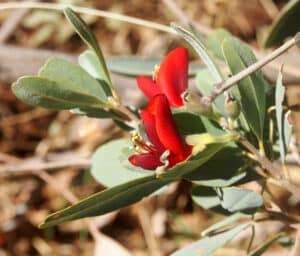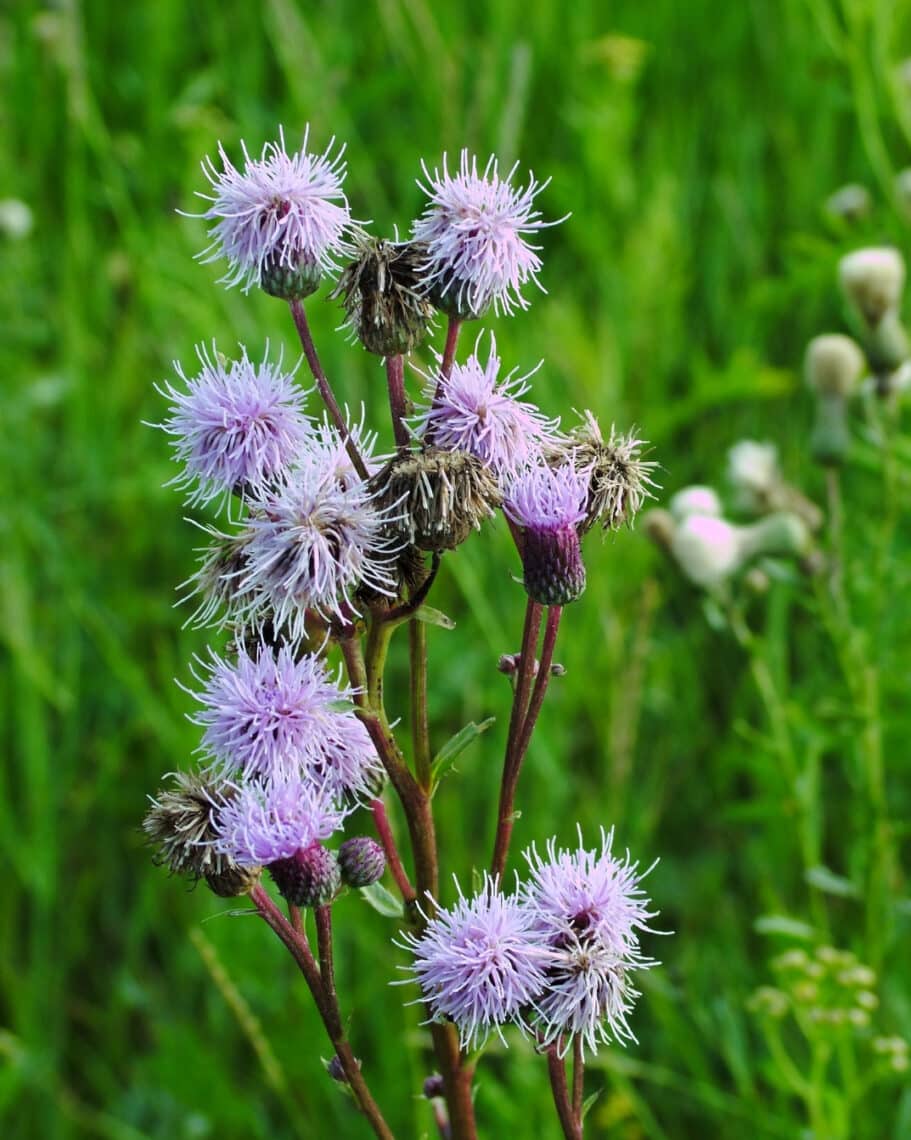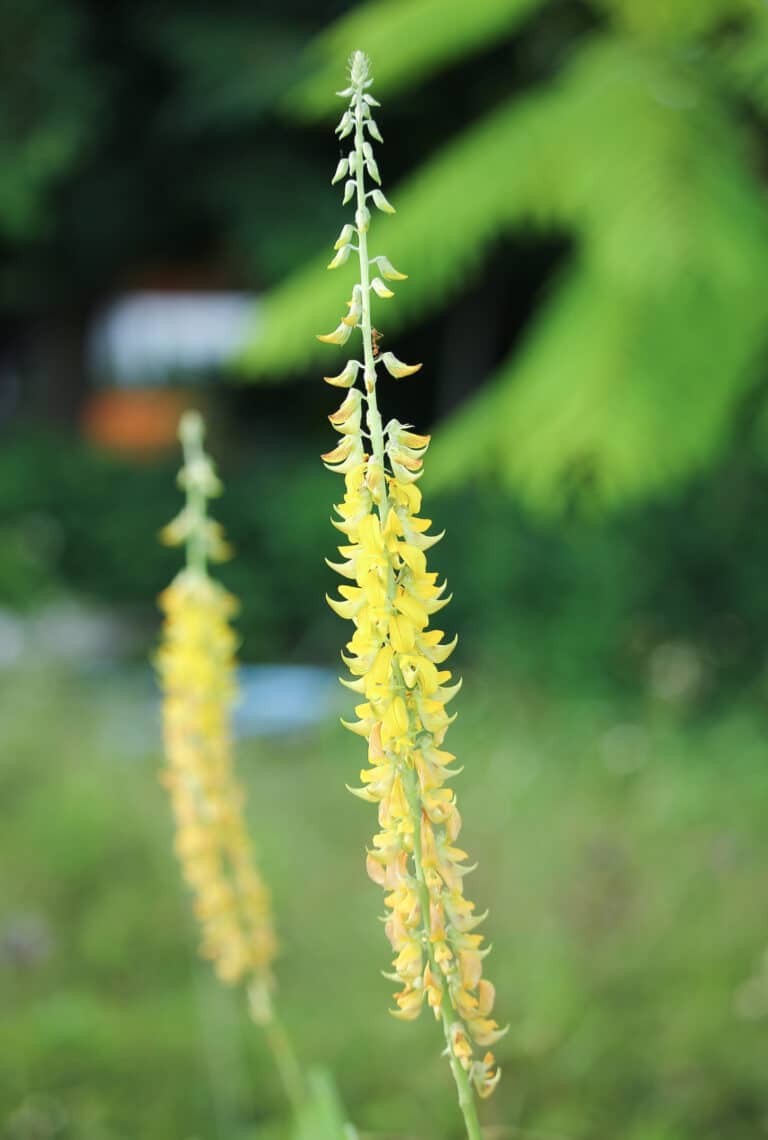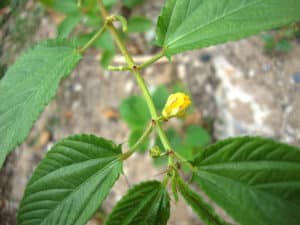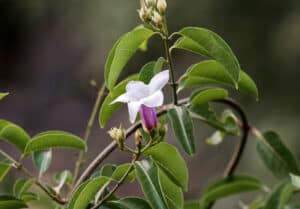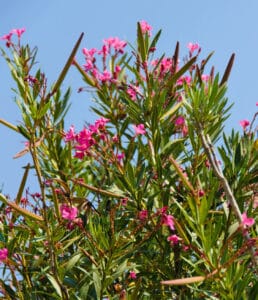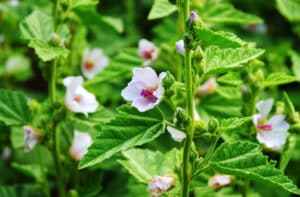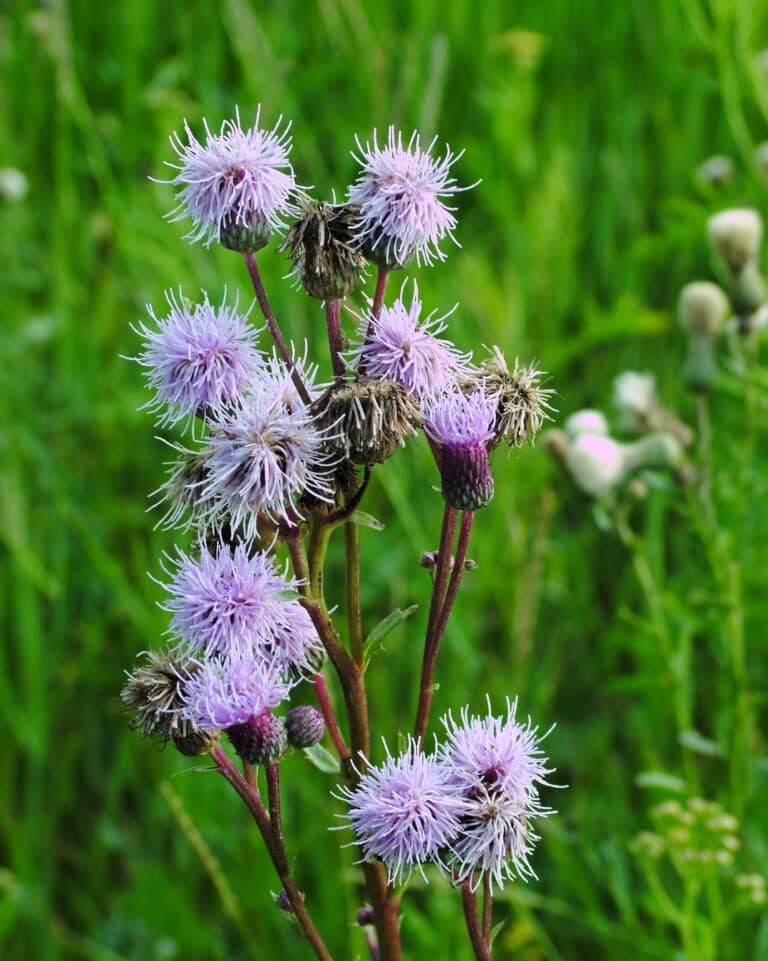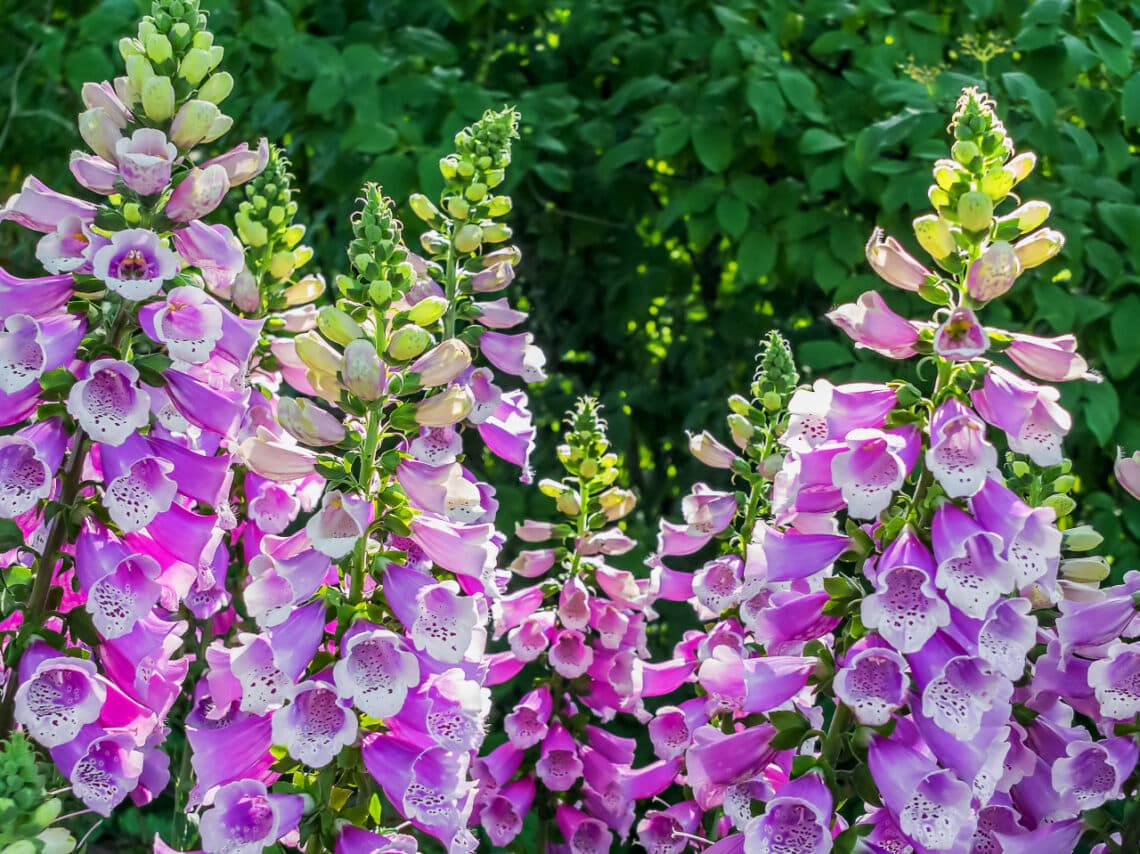
Toxic threats to horse health
Certain plants, moulds, and contaminants in the environment pose a threat to our horses. DR CAITLYN MITTELSTADT identifies some of those most common.
Toxic is a word that brings fear to the minds of all horse owners. Plants, mould, environmental contaminants, so many factors to consider when planning how to keep our equine companions safe in their paddocks. A toxin is a product containing or is itself a noxious material capable of causing death or serious debilitation to the health of an animal or person.
Plants are the first port of call when considering the safety of your horse’s environment and becoming familiar with toxic plant species and signs of the toxicity they cause is key to creating a safe paddock environment. Toxic plants are generally ignored by most horses. However, in paddocks short of feed, in new areas or in back yards, with curious young horses, or in times of drought when they might be tempted to try less palatable paddock plants to appease hunger, toxicity is a very big concern with the potential to cause the death or illness of your beloved companion.
In Central Queensland, where I currently work, there are a large number of toxic paddock weeds which can be detrimental. However, every locality is different. When moving into a new area, talk to your local veterinarian and horse-owning neighbours to find out which toxic plants are common. You need to be proactive when it comes to your horse’s safety, as unfortunately many of these plants have no cure except supportive therapy, so avoidance is key.
For example, mother-of-millions is a stalky succulent that has pencil shaped green leaves with dark green patches, and groups of bright pink/orange bell-like flowers on a single tall stem. It’s a hardy weed that when ingested causes heart failure in horses and livestock.
Heart-leaf bush, a shrub with clusters of small red flowers and green teardrop shaped leaves, and Gidgee trees, with their crescent shaped blue-green leaves, can occasionally be palatable during drought. But if any part of these plants is ingested toxic levels of fluoroacetate (1080 poison) can cause rapid death, especially when stock are moved or stressed.
Common backyard plants can also be a huge risk. A patient recently presented to our equine hospital with very poor appetite. His blood work told us his body, especially his kidneys, were under severe stress. After light sedation so we could insert a urinary catheter to investigate the cause, he passed out in our horse crush. He then passed out twice in the grass yard, and an ECG (which measures the heart’s electro cardiac waves) and extensive investigative blood work showed he was suffering from life-threatening cardiac arrhythmias and heart muscle damage. His heart was stopping for seconds at a time, impairing blood flow to his kidneys and other organs, and requiring multiple rounds of CPR as well as several days of intensive medical management before he was stabilised and safe to go home. The likely cause? Oleander, a beautiful ornamental plant with long thin leaves, varying pink, white or yellow trumpet shaped flowers, and lethal levels of cardiac glycoside toxins. We’ll never know why he took a nibble when he’d never shown interest before, but he is very lucky to have survived.
Rubber vine, frangipani, foxglove, and native jute also contain cardiac glycosides. Avocado, including the seed, skin, leaves and tree, are toxic to the heart when ingested, as are potato plants containing solanine toxins.
An often overlooked paddock toxin is oxalate, of which there are three types: acute oxalate, calcium oxalate raphide, and calcium oxalate non-raphide. Arguably the most common in this region is calcium oxalate non-raphide, with the clinical signs of toxicity commonly known as Big Head. Buffel, Signal, Guinea, setaria, Mossman River, Para, elephant Napier, and Pangola grasses can all cause this toxicity, which is severely debilitating to horses.
When ingested, calcium oxalates bind the calcium in the body causing a severe deficiency. Calcium is so crucial for basic bone repair, muscle, organ and even brain function, that the body needs to draw it from the bones when blood concentrations get too low, resulting in bone weakness, joint deterioration, arthritis (ringbone), or fractures leading to chronic lameness, as well as enlarged facial bones, muscle tremors, depression, incoordination, colic and even death.
Pregnant, lactating, growing, and performance horses are more sensitive to low calcium due to their higher nutritional requirements for growth and repair, and are therefore more commonly affected. Horses in areas with the grass species previously listed must be given daily calcium supplementation in the form of a pellet or lick.
In warm regions, plants with pyrrolizidine alkaloid toxins are common, causing oxidation in the liver, and sometimes also the lungs and kidneys when ingested, resulting in mass cell death. This toxin has a delayed onset and the toxic dose is cumulative, eventually resulting in liver failure, chronic weight loss, photosensitivity (in which large patches of what appears to be severe sunburn peels the skin off in patches across the body), and hepatoencephalopathy, a neurological brain disorder that causes horses to wander aimlessly, stagger, drag their hind legs and walk into obstacles. Species with this toxin include fireweed, ragwort, wild verbena, Paterson’s Curse, billygoat weed, blue sow thistle, the fungi trichodesma, and rattle pods. Lantana, originally ornamental but now a widespread noxious weed, also causes liver damage and photosensitivity in horses and cattle.
Nitrate toxicity is an issue among livestock and camp horses, or horses kept in outdoor stables. High nitrate levels impair the blood’s oxygen carrying ability, which results in severe weakness and even sudden death. A few common weeds containing nitrate include pigweed, marshmallow, Siam weed, Amaranths, button and liverseed grass, caltrop, Mexican poppy, salt bushes, and common tomato bushes.
Common crops that are usually safe for livestock and horses can develop toxic levels of nitrates when stressed or wilting. These include sorghum, oats, young or recently fertilised rye grass, and even lucerne.
Other environmental toxins to guard against, especially if horses have access to garbage dumps or scrap materials, include lead toxicity from licking old batteries, machinery, paints and pesticides, which can taste quite sweet to animals. Fungal toxicities like aspergillosis from mouldy hay or endophytic fungus spores on tall fescue seed heads, can cause fevers, rapid breathing and rough coats, as well as placentitis, weak foals and abortions in pregnant mares.
Bacterial botulism toxicity from horse feeds contaminated by animal carcasses can cause flaccid paralysis, inability to eat, colic and death. Cattle feeds containing monensin/rumensin ingredients are also highly toxic to horses, leading to lifelong heart damage, and feeds containing urea cause aimless wandering, incoordination, head pressing and sudden death. Always keep horses away from cattle feed and check the environment, pasture and hay quality to avoid these preventable toxicities.
It’s vital to know what is around your property, what plant species are common in your area, and what garden plants are harmful. The good news is most paddock plant toxicities occur only with prolonged exposure, and removing the horse from the pasture is the best option to prevent clinical signs from developing. If you think your horse has been exposed to an environmental toxin, call your equine veterinarian.
Dr Caitlyn Mittelstadt WORKS for APIAM Animal Health’s Clermont Veterinary Surgery in Queensland.
